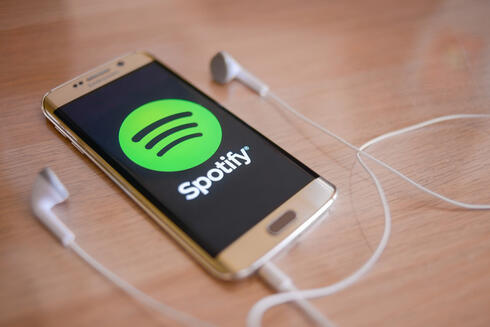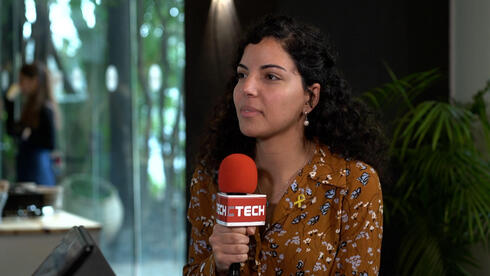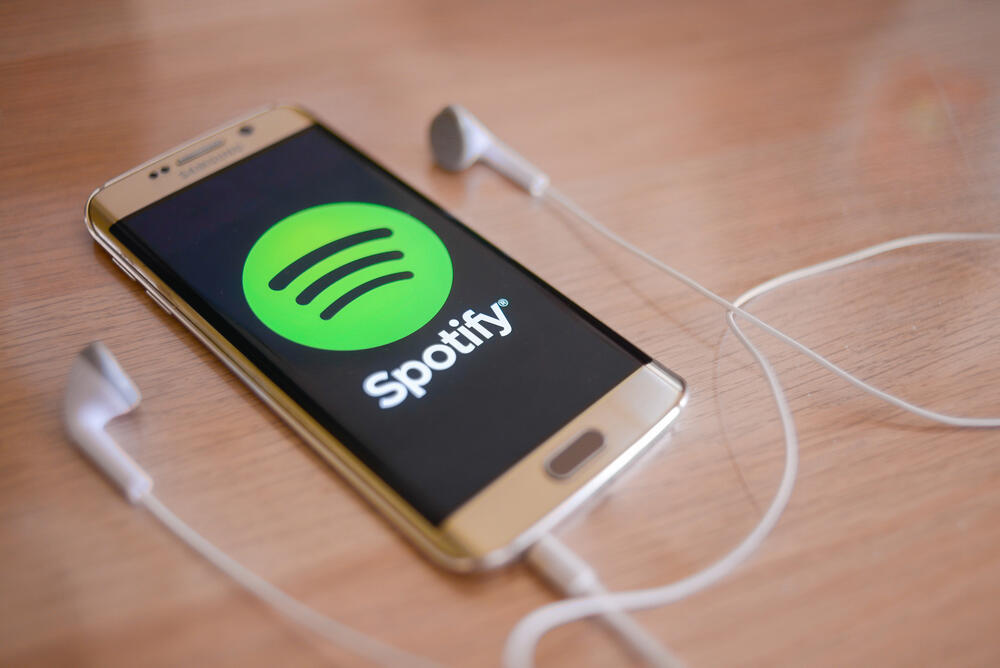
The era of tech premiumization is here
Spotify is considering making their once-free lyrics display a paid premium feature, the latest in a wave of "premiumization" by tech giants in an effort to increase revenues
Spotify is considering making the once free feature that displays the lyrics of a song part of their paid premium subscription. In recent days, users have reported that the lyrics display feature is locked behind a payment wall that includes a link to subscribe to one of the company's plans. Spotify has confirmed that it is indeed testing this, and it is already affecting users in varying geographical regions. This is part of a wider price increase for all Spotify subscription packages, including for individual users, family packages, or student discounts.
While many companies are raising prices due to inflation, Spotify's primary goal is to achieve profitability. The streaming giant and long-time market leader has consistently reported annual revenues of billions of dollars and a substantial increase in paying subscribers, last year reaching half a billion subscribers. Despite this, Spotify is still struggling to generate a net profit, consistently reporting losses.
Making lyrics a paid feature is not only disappointing for users but also signals the company's financial difficulties. It isn’t good news for a company that has been operating since 2006 and is one of the most recognized and popular brands in the streaming industry. However, popular products don't necessarily guarantee profits, and because profits are everything, tech companies have little choice but to remove features from products and then offer them again for a fee.
Interested in knowing who viewed your LinkedIn profile, a service you might not have known you wanted? Pay $40 a month for a premium subscription. Want to send a direct message to Twitter users who don't follow you? Only $100 a year. Want to connect your Tesla car to outer space? $10 a month, please. A Facebook service which complies with European privacy regulations? Sure thing, as long as you are willing to pay a monthly subscription.
In recent months, the term that has dominated discussions alongside "artificial intelligence" is "premiumization,” as more and more tech companies seek to charge extra for services that were once offered for free. After many years of especially high consumer spending, rising interest rates, and strong inflation in markets worldwide, companies are taking various actions to achieve and preserve healthy profit margins.
The invention that began with Coca-Cola
The idea of premiumization as a marketing tactic originated in the 1990s, courtesy of the soft drink industry, but quickly spread to many industries and successfully redefined production and consumption processes. The alcohol and automotive industries didn't take long to enter the fray, with both industries becoming famous for launching luxury versions of their products. Different price tiers help industries reach various consumer segments, especially the upper echelons. Conversely, the fashion industry created tiers to cater to consumers with fewer resources - those who couldn't afford expensive clothing. They launched smaller items, such as keychains or wallets, at significantly lower prices but still provided consumers with a taste of the brand.
Some view premiumization as a positive, arguing that it offers a variety of products at different price points, and that it actually leads to sustainability because it allows for more informed and precise purchasing decisions. However, the current issue is the way companies are retroactively turning a standard product into premium in order to make a profit. Although there's no industry that does this more than the tech sector, the most notorious example of this practice comes from airline companies. Basic services like water during a flight were once standard expectations but now are only the privilege of premium-paying customers. This is a hallmark of flying in the 21st century - paying additional fees for every possible aspect of the flight, including food, luggage, and legroom, on top of the flight itself of course. If they could, they would charge even more. When asked if he would sell standing-room-only tickets, Ryanair CEO Michael O’Leary famously replied, "If there ever was a crash on an aircraft, God forbid, a seatbelt won't save you. Seatbelts don't matter."
Apple has followed a similar path and over the years began to divest more and more of the features it once offered for free. Today, anyone purchasing a cellular device must pay for its components separately, including the charger and headphones. But for tech companies operating in the app and software sector, the situation was very different. Before the era of premiumization, they followed what was called the "Freemium" model. According to this business model, users receive basic features for free, but could access more advanced functionality for a subscription fee. The free functionality was designed to be a significant attraction for users without the need for expensive advertising campaigns. Meanwhile, subscription fees generated by users interested in a more comprehensive experience are supposed to be a source of income that turns the company's entire business activity into a sustainable one.
What do you need to pay for?
Over the years, the question, at least in business terms, has been what to provide for free and what to charge for. Finding this balance is important. For example, if a company offers too little for free, it may not be compelling enough to attract a sufficient number of new users, and, therefore, few of them will upgrade to the paid version. Conversely, if the company offers too many features for free, many users may not see the need to pay for the premium service. Either way, this will result in insufficient revenue for the company.
Today, this delicate balance is often disrupted. Many factors influence customers and their choice to move between a free subscription and a premium subscription, such as the cost of living. However, it seems that this disruption is coming primarily from the supply side, from companies that operate on a flawed business model that does not generate profits and are looking for ways to change it, or from companies that upset the balance due to their desire to preserve hefty profit margins - a remnant from a previous era when interest rates were zero.














